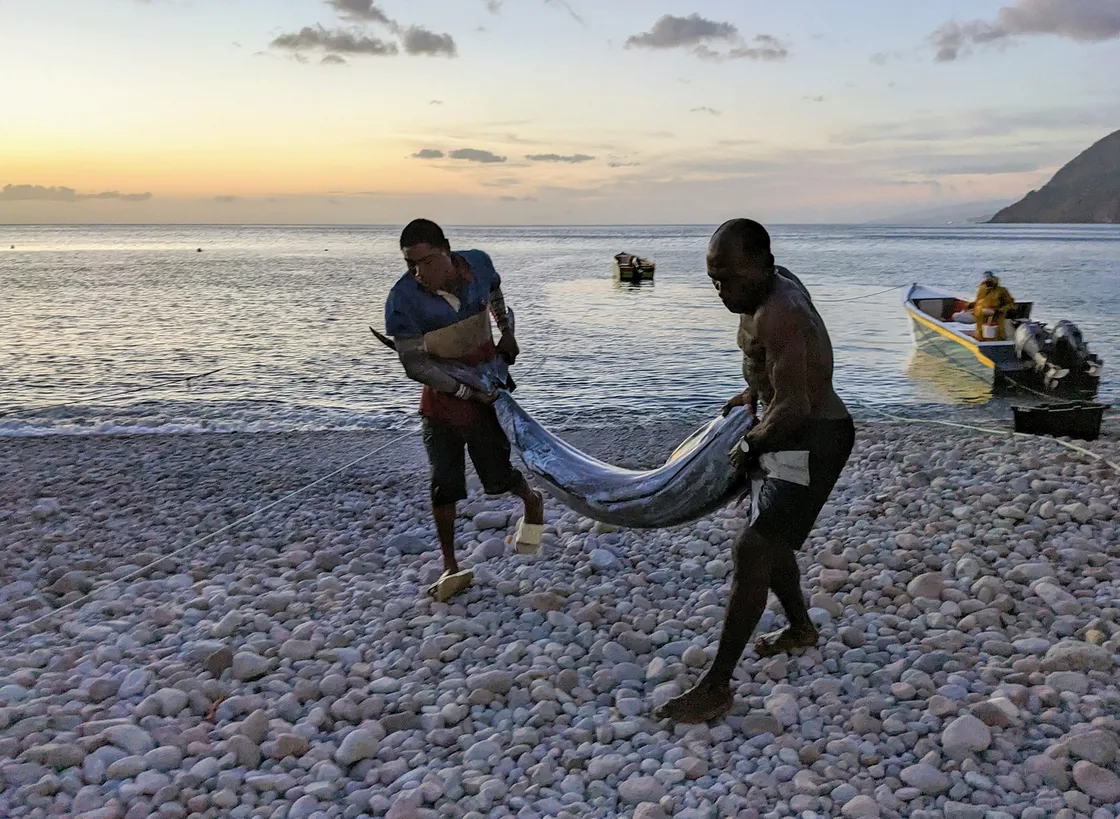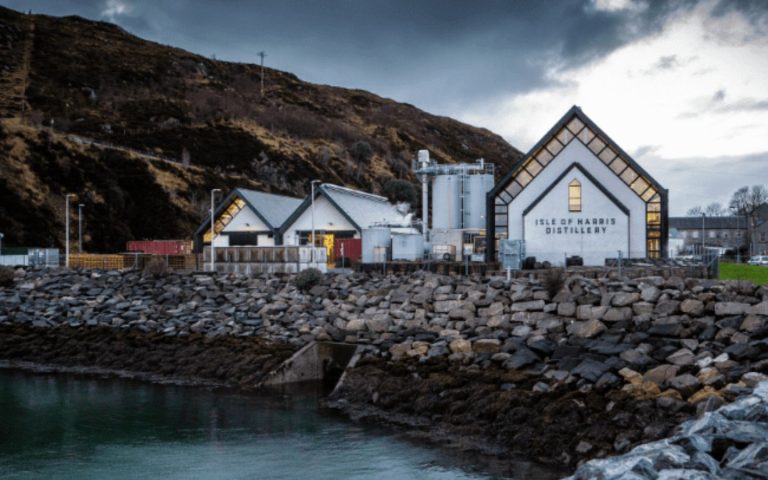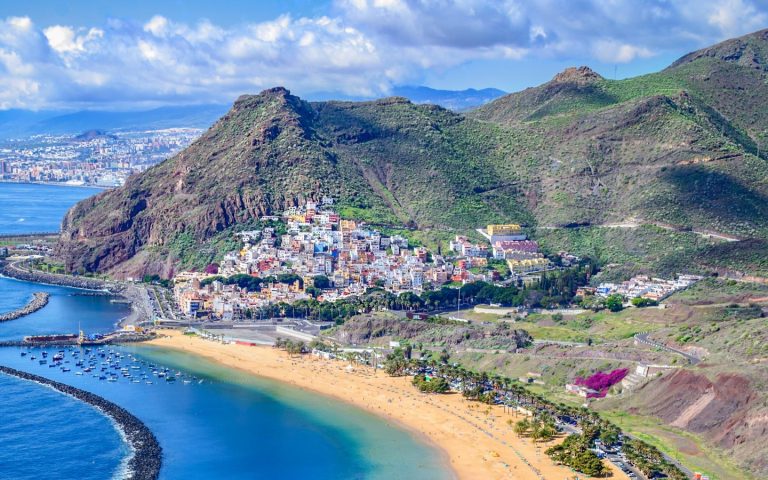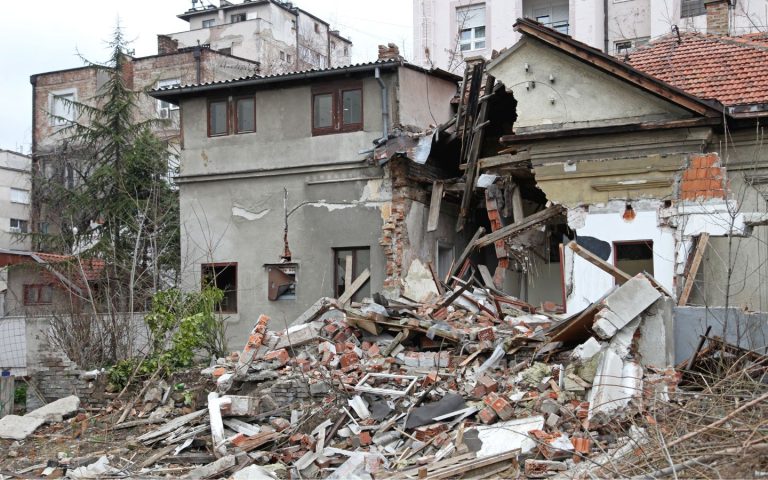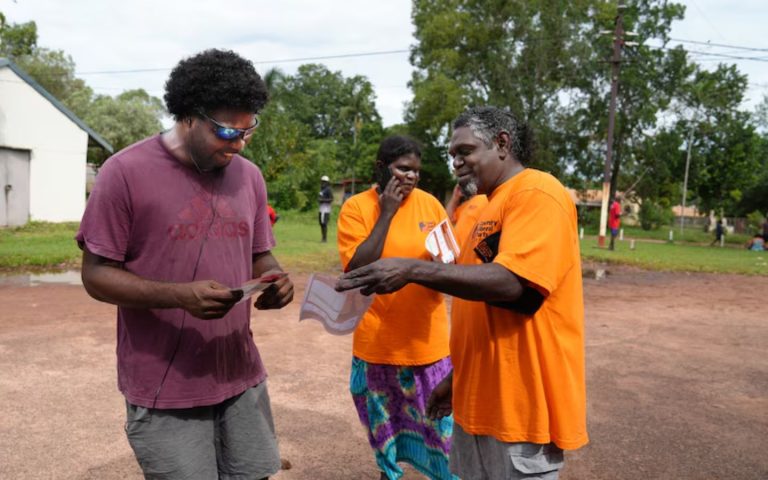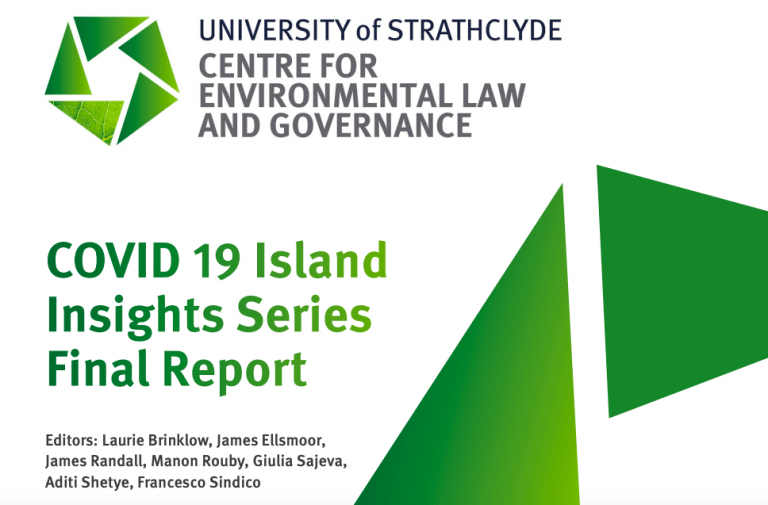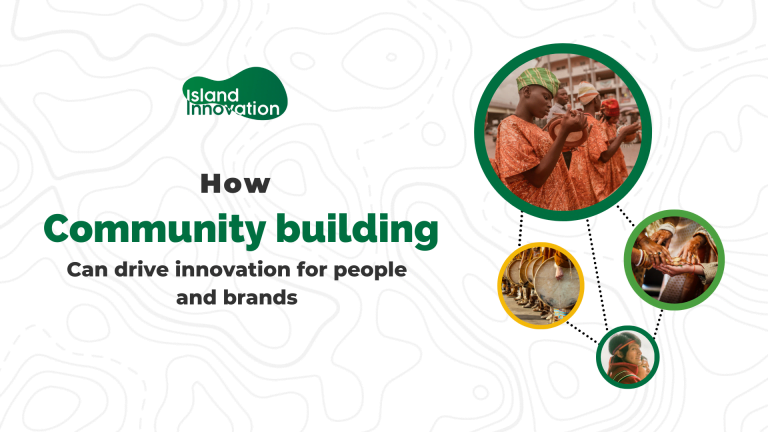Image Credit: Umair Irfan/Vox. Retrieved from vox.com
Excerpt from vox.com
For Dominica, cassava is more than a local staple. The humble root vegetable is part of the country’s strategy for enhancing food security, promoting its culture, and adapting to climate change.
While no country has escaped the effects of rising average temperatures, Dominica is one of the most vulnerable. Some 16 miles wide, 29 miles long, and home to 74,000 people, the small, rocky, jungle-covered island nation already bears the scars of heat waves, sea level rise, and hurricanes that have killed dozens of residents and devastated its economy. These ongoing threats are poised to get worse for Dominica, and many island countries and coastal communities around the world are close behind in the line of fire.
Nearly one-third of humanity lives within 60 miles of a coastline, which makes Dominica a critical case study in how to endure a warmer world. “The island is a sort of a Petri dish for all island developing states,” said Cozier Frederick, Dominica’s environment minister.
Dominica’s government has responded with a suite of policies to reduce its contributions to the problem and prepare for what lies ahead. The island currently gets 80 percent of its electricity from diesel and 20 percent from hydroelectric power. Dominica is aiming to switch to 100 percent clean energy with a big investment in geothermal power, harnessing the volcanic energy of the island. It’s also deploying early warning systems to get residents out of the path of disasters and updating its building codes to better survive severe weather.
The goal is to make Dominica, a country facing some of the most severe harms from global warming, into a climate-resilient nation.
That’s where cassava comes in. Dominica has a footprint of 300 square miles and the majority of that land is too mountainous for many types of industrial agriculture. But cassava actually thrives in Dominica’s hilly terrain. As an underground tuber, it can withstand intense storms that would otherwise wipe out grains growing above. It can survive in the soil untouched for years, if need be.

